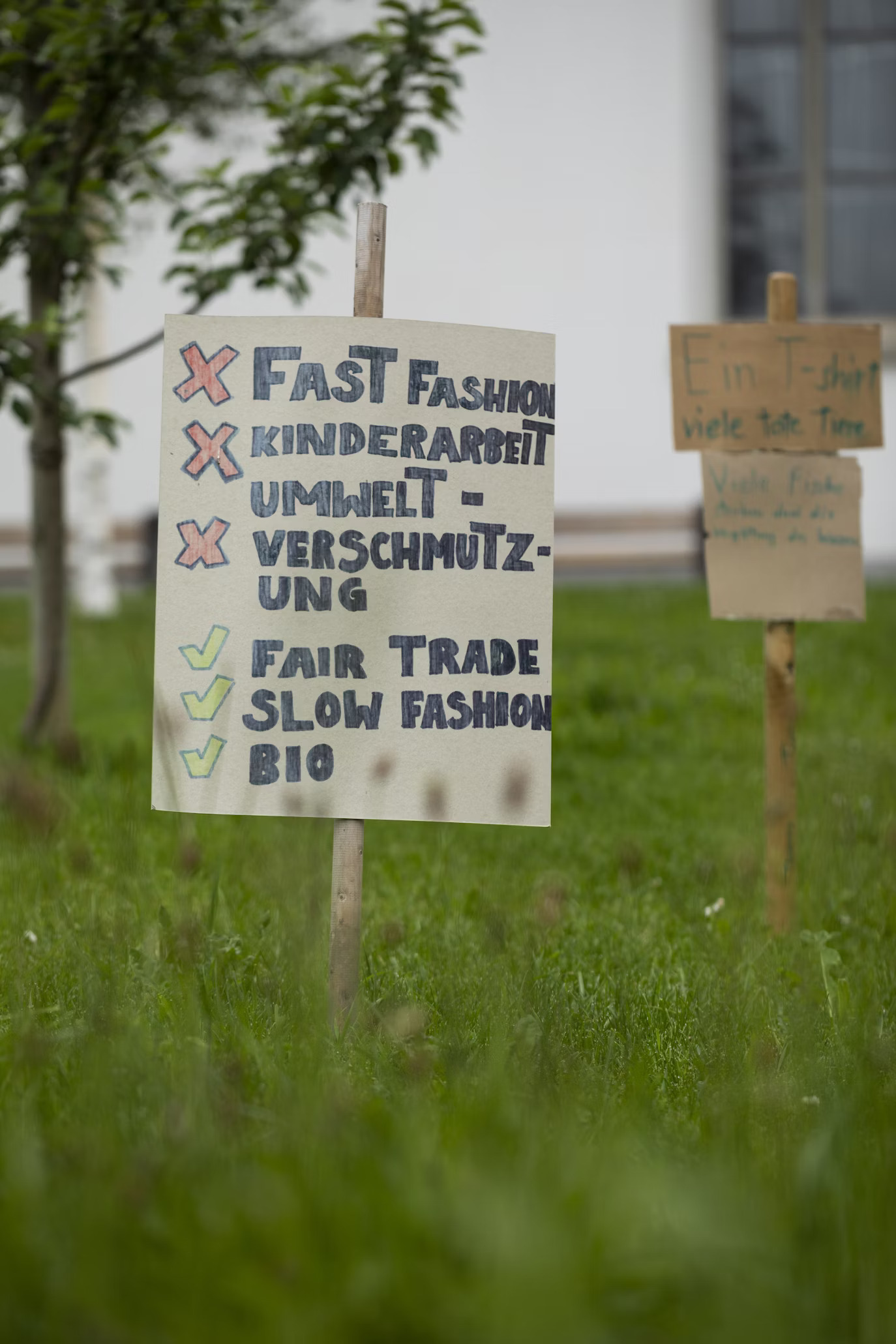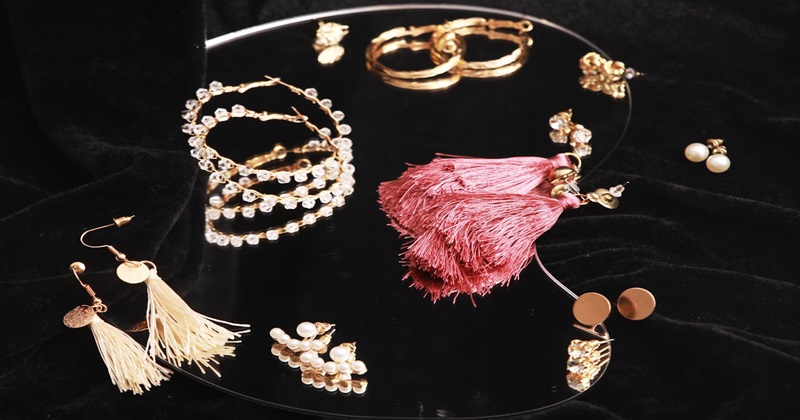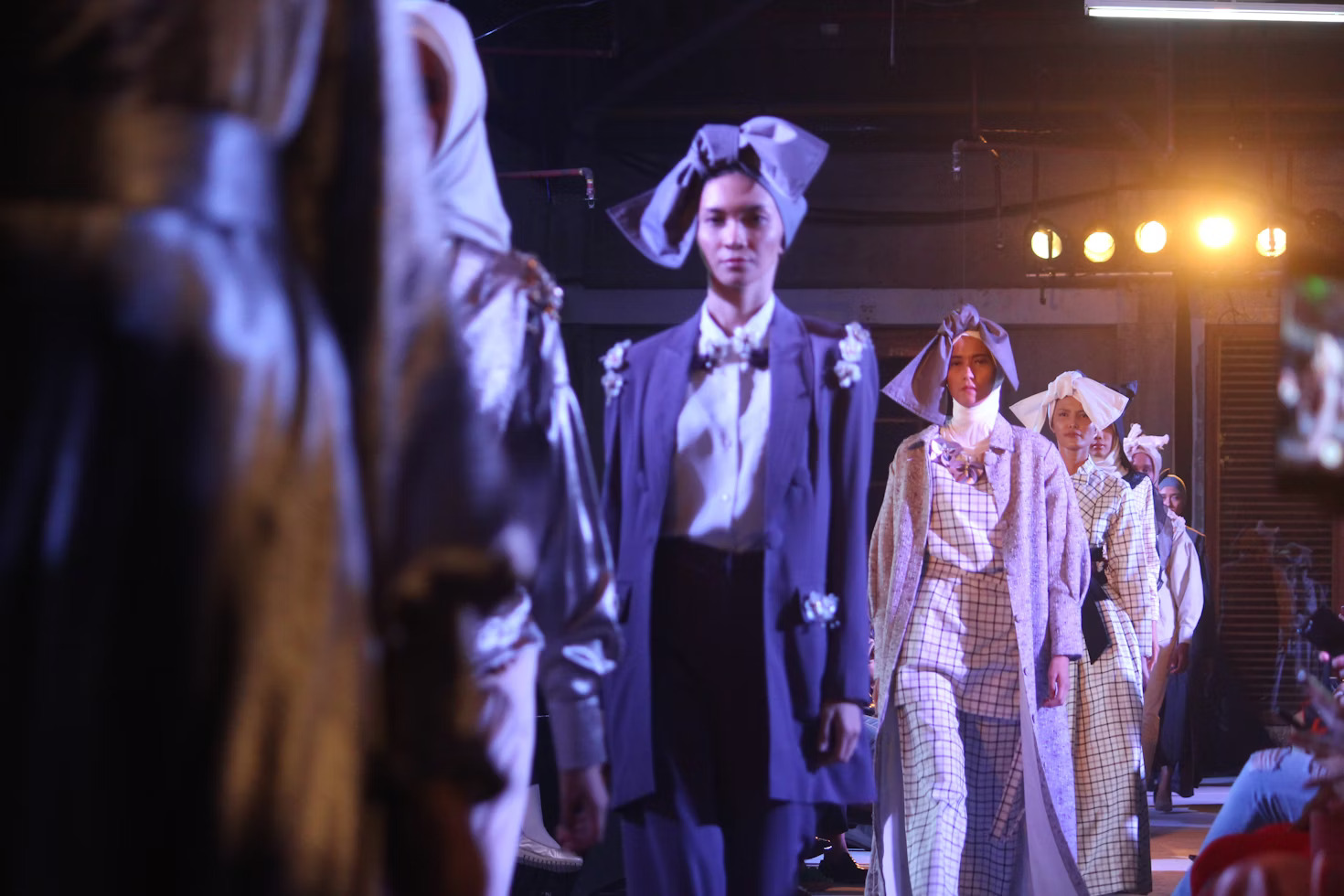Fashion is more accessible than ever. We can buy the latest styles with a few clicks and deliver them to our door quickly. But behind this convenience lies a deeper issue: the rise of fast fashion. Conversely, slow fashion offers a more sustainable, thoughtful approach. But what are the fundamental differences between the two? Let’s break it down.
Fast Fashion: A Quick Overview
Fast fashion has redefined how we consume clothes. Brands like Zara, H&M, and Forever 21 constantly invent new designs to meet consumer demand. The goal is simple—get trendy clothing into stores quickly and cheaply.
Speed and Affordability
The hallmark of fast fashion is speed. Designers quickly translate runway trends into mass-produced clothing, which hits shelves in weeks. This constant churn of new styles keeps customers returning, eager to snag the latest looks at affordable prices. You can refresh your wardrobe almost as fast as trends change, and that’s the appeal—who doesn’t love a quick, cheap shopping fix?
However, the rapid pace of production often leads to a compromise on quality. Garments are churned out in large quantities, focusing on using inexpensive, synthetic materials like polyester or nylon. These fabrics are cost-effective but need more durability, leading to clothes that wear out quickly or lose appeal after a few washes. It means that consumers buy more, but their pieces need to be built to last. The affordability of fast fashion draws many shoppers in, but this initial cost savings often results in more frequent purchases down the line to replace worn-out items.
Fast fashion doesn’t just offer affordability—it provides instant gratification. With constant new releases, customers feel pressured to stay on top of trends. It fuels a sense of urgency, making shoppers feel they must grab the latest items before leaving. The cheap price tags make it easy to justify purchasing several items, even if they don’t last, reinforcing a buy-and-discard cycle that keeps fast fashion alive.
Environmental Impact
Fast fashion comes with a massive environmental cost. Large-scale production relies on vast amounts of water, energy, and chemicals. Factories responsible for these products contribute significantly to air and water pollution. For example, dyeing often leads to chemical runoff that pollutes rivers, affecting ecosystems and communities.
Moreover, the fast fashion industry produces staggering amounts of textile waste. Due to the low quality of the garments, they’re often discarded after only a few years. This waste is either incinerated or ends up in landfills, where it takes years—sometimes decades—for the synthetic fibers to break down. As a result, clothing waste has become one of the most pressing environmental concerns in the fashion industry.
On top of this, fast fashion’s reliance on synthetic fabrics exacerbates the issue. Polyester and nylon are materials sourced from petroleum, linking their production to the fossil fuel industry, which plays a significant role in climate change. Not only do these materials consume vast resources during production, but they also shed microplastics every time they’re washed. These microplastics find their way into oceans and waterways, harming marine life and contributing to long-term ecological damage.
Exploitation of Labor
One of the most troubling aspects of fast fashion is its labor exploitation. To minimize expenses, fast fashion brands often outsource their production to nations with low labor costs and weak regulations. Factory workers throughout Southeast Asia, South Asia, and Latin America frequently receive low wages and endure unsafe working environments. Incidents like the 2013 Rana Plaza factory collapse, which resulted in the deaths of more than 1,100 workers, highlight these exploitative practices. Despite this, the pressure to produce clothing quickly and cheaply means these issues persist.
The exploitation in fast fashion goes beyond poor working conditions. Many workers are subjected to unreasonable hours with minimal breaks, often working seven days a week to meet production quotas. These workers, many of whom are women, have little to no labor rights, and any attempt to organize for better conditions is met with threats or violence. This stark reality of fast fashion contrasts sharply with the shiny, polished brands consumers interact with in stores and online.
Moreover, child labor is still a widespread problem in fast fashion supply chains. In some regions, children are employed to work long hours under hazardous conditions, denied education, and forced into labor because their families cannot survive on adult wages alone. This systemic exploitation remains one of the industry’s darkest secrets.

Slow Fashion: A Sustainable Approach
On the other hand, slow fashion offers a different vision for the fashion industry. Rather than prioritizing speed and cost, slow fashion is all about quality, sustainability, and ethical practices.
Quality Over Quantity
In stark contrast to the throwaway nature of fast fashion, slow fashion focuses on creating high-quality, durable garments. Brands like A.BCH, OhSevenDays, and ASKET produce clothing designed to last for years, not just a season. These pieces are made with care and precision, often using traditional crafts that prioritize detail and durability.
Rather than following the endless cycle of trends, slow fashion celebrates timelessness. Pieces are designed to transcend seasons and years, which means they can be worn for a long time without looking outdated. This shift in design philosophy reduces the need for constant consumption and helps to foster a more sustainable relationship with clothing. By purchasing fewer, higher-quality garments, consumers can reduce waste and enjoy clothing that withstands the test of time.
Slow fashion brands also focus on customer education. Many brands encourage consumers to take care of their clothes—offering repair services, care instructions, and even promoting clothing swaps or secondhand shopping to extend the life of each garment. It is a radical departure from the fast fashion model, which thrives on constant replacement and disposal.
Use of Sustainable Materials
Slow fashion brands prioritize sustainable, eco-friendly materials in their production process. Rather than relying on petroleum-based synthetics, slow fashion often uses natural fibers such as organic cotton, hemp, and linen. These fabrics are environmentally friendly as they are biodegradable and cultivated without harmful pesticides and chemicals.
Recycled fabrics also slowly play a significant role. Certain brands have discovered creative methods to recycle discarded textiles, plastic bottles, or used clothing to produce new garments. This approach helps decrease the need for raw materials and reduces waste. Additionally, these sustainable materials tend to be of higher quality, which means they hold up better over time and reduce the replacement frequency.
Another important aspect of slow fashion is the transparency of supply chains. Slow fashion brands often take pride in detailing where their materials come from, how they are processed, and their environmental impact. This level of transparency fosters trust with consumers and highlights the stark differences from fast fashion’s opaque and often exploitative supply chains.
Ethical Labor Practices
Ethical production is at the core of slow fashion. Brands that adopt this philosophy prioritize fair wages and safe working conditions for their workers. Rather than outsourcing production to the lowest-cost factories, slow fashion brands typically collaborate with local artisans or certified facilities where employees are treated with respect and dignity. These practices help ensure that the people who make your clothes are compensated and can work in a safe, supportive environment.
Slow fashion brands often have direct relationships with their suppliers and artisans, ensuring that every step of the production process aligns with their values. Many slow fashion companies also promote traditional craftsmanship, working with local communities to keep artisanal skills alive while supporting fair trade practices. It helps foster a sense of pride in the work and creates more potent, more resilient communities.
Furthermore, ethical labor practices in slow fashion often extend beyond just fair wages. Many brands are committed to improving the overall well-being of their workers by providing healthcare, education, and opportunities for advancement. This holistic approach contrasts sharply with the fast fashion industry, where workers are often seen as disposable resources.
Key Differences: A Side-by-Side Comparison
Now that we’ve explored fast and slow fashion individually, let’s look at how they differ across critical areas.
Production Process
Fast fashion is all about mass production. Clothing is made as quickly and cheaply as possible, often using low-quality synthetic materials that don’t last to meet the demand. On the other hand, slow fashion focuses on small-batch production with high-quality, sustainable materials. It not only creates better products but also reduces waste and environmental harm.
Design Philosophy
Fast fashion is trend-driven. Brands produce styles that align with current trends, meaning their designs can quickly go out of fashion. It leads to a cycle of constant consumption as shoppers try to stay in style. Slow fashion, by contrast, focuses on timeless designs. Instead of trying to keep up with fleeting trends, slow fashion creates garments that remain stylish year after year.
Environmental and Social Impact
Fast fashion has a significant negative impact on the environment and the people who make the clothes. Pollution, waste, and labor exploitation are all byproducts of the fast fashion system. Slow fashion addresses these issues by prioritizing sustainability and ethical labor practices. By choosing sustainable materials and paying workers fairly, slow fashion reduces clothing production’s environmental and social costs.
Choosing Between the Two: A Consumer’s Guide
As consumers, we have more power than we think when shaping the fashion industry. Our choices can support the fast fashion system or help promote a more sustainable, ethical alternative. So, how do we decide between fast and slow fashion?
Quality and Durability
The first consideration should be quality. Fast fashion may be cheaper upfront, but the low-quality materials mean these garments only last for a while. Investing in slow fashion, where garments are built to last, can save you money in the long run. Instead of buying five cheap shirts that wear out after a few washes, one well-made shirt can serve you for years.
Conscious Consumption
Another approach is to practice conscious consumption. Before purchasing, take a moment to assess if the item is essential. Do you love it? Will you wear it regularly? Taking a moment to reflect can help prevent impulse buys that contribute to fast fashion’s harmful cycle.
Additionally, consider supporting secondhand stores or clothing swaps. Such practices enhance clothing longevity and encourage a more sustainable approach to fashion consumption. Shopping secondhand can often yield unique finds that add character to your wardrobe while minimizing environmental impact.
Research Brands
Finally, do your research on brands. Many slow fashion brands are committed to transparency and ethical practices, so look for information on their websites about their production processes and values. Loving and appreciating brands that reflect your values can positively change the fashion industry.
Conclusion
The choice between fast and slow fashion ultimately comes down to values. Fast fashion offers convenience and low prices but at a high cost to the environment and workers. Slow fashion, in contrast, champions sustainability, quality, and ethical practices. Informed decisions about our fashion choices enable us to understand their implications and ensure they align with our values.
Choosing slow fashion benefits you—by providing quality garments that last longer—and supports a more ethical and sustainable industry. With every purchase, we vote for the fashion world we want to live in. By embracing slow fashion, we can contribute to a more responsible, mindful approach to style, ensuring that future generations can enjoy beautiful and sustainable fashion.








